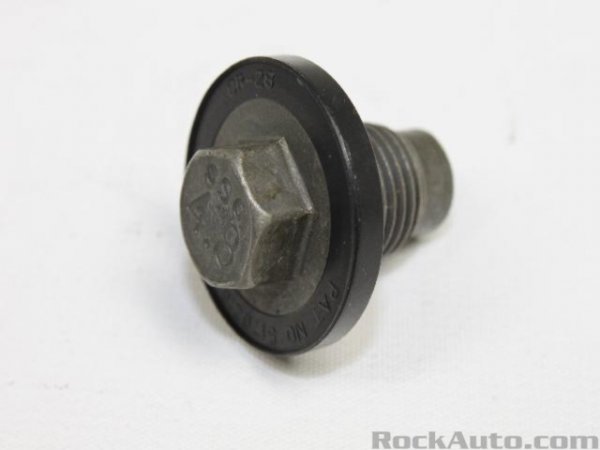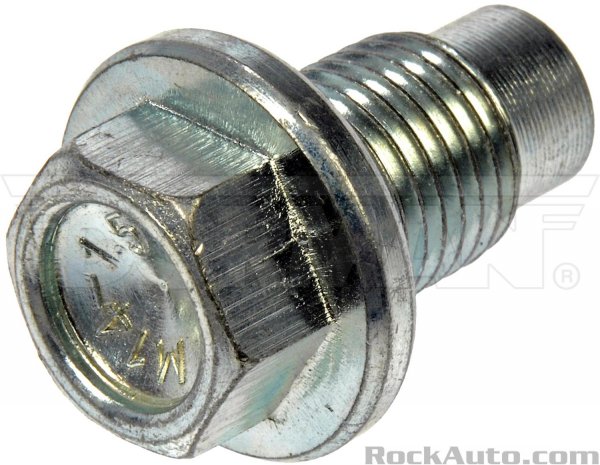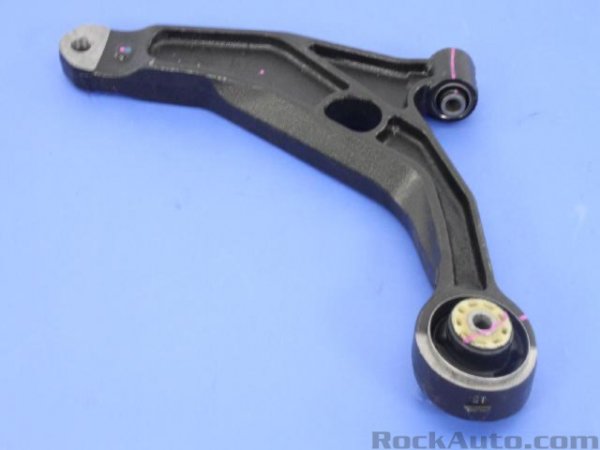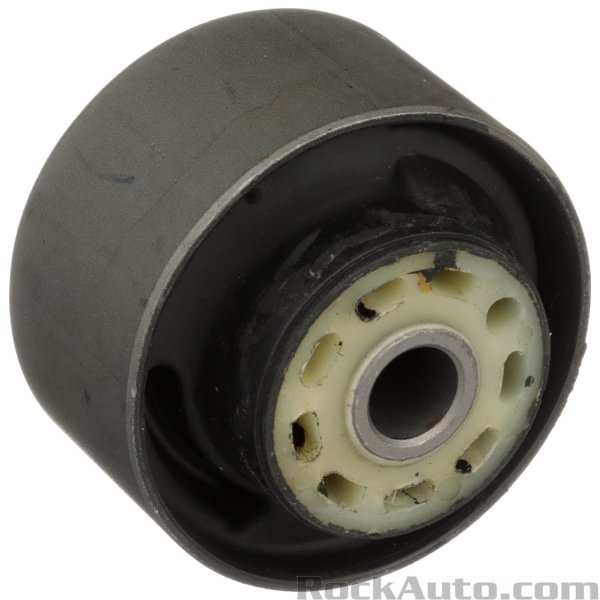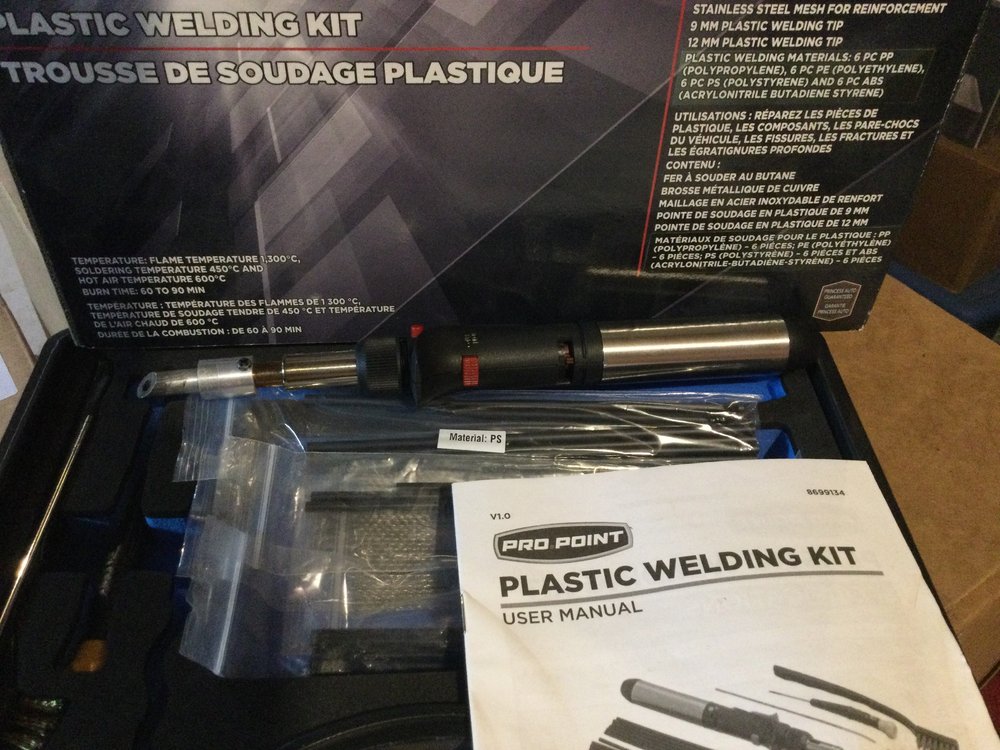-
Posts
1,833 -
Joined
-
Last visited
-
Days Won
187
Everything posted by John/Horace
-
Check connections on vacuum booster. Check valve or hose could have an issue. Scan for any brake codes in ecm.
-

Transmission: Flush? Or drain and fill?
John/Horace replied to bramfrank's topic in Engine & Transmission
Pan needs to be dropped, filter replaced, magnet cleaned and new atf+4 fluid added. Dropping pan gets about 5 litres out of 11 approx in system. I top up the 5, run it through the gears at less than 40 mph so torque converter gets flushed out. Then syphon out oil from dipstick, usually 4 litres will come out. Then top up again. It’s messy and timing consuming doing this; but just a flush with out it is not a great idea. Flushing can disturb deposits in system and most mechanics I know don’t recommend it, especially on a high mileage car. The atf+4 is a semi synthetic oil that is only $8 a litre, so price is too high. Use a tranny shop and get a receipt. -

2014 JD - Replace original brakes after 125K
John/Horace replied to DodgeaWrench's topic in Brake, Chassis & Suspension
Rebuild not that bad unless really seized. If no scoring or pitting on piston or casting, seals just swapped. If piston only damaged a new piston can be bought sometimes. Compressed air to push out piston can be useful. Sylglide or equivalent needed for seal lube. -

2014 JD - Replace original brakes after 125K
John/Horace replied to DodgeaWrench's topic in Brake, Chassis & Suspension
If sticking in place and seizing I would buy a reman caliber. If piston not hitting pad I would play with it. Could be air trapped in caliper. Small 3” piece of clear hose attatched to bleeder screw and then open bleeder. You may see a few bubbles rising with fluid. Cycle parking brake a few times and gravity bleed the non working caliper a few times afterwards. The air should work it’s way out, make sure reservoir doesn’t get too low. Second person keeping pedal pressure as it goes to floor gets the air out even faster than gravity bleed. Might end up with a reman caliper anyway if it starts to seize up on rotor. Worth a try to avoid extra $’s. The piston should have self adjusted by either pedal pressure or parking brake cycling, normally. Manually moving parking brake lever is hard with the cables attatched. Repeated pedal cycling might avoid bleeding, another option. Free advice worth everything you pay for it. -
-

AWD Overheating - C145F = damaged coupling ?
John/Horace replied to Jonathan226's topic in All Wheel Drive (AWD)
I think it’s an electric clutch that cycles on. Not the old style viscous coupling with the silicone fluid that gets too thick. ZF or borg Warner made.- 3 replies
-
- slipping
- overheating
- (and 4 more)
-

2011 Dodge Journey Cold Morning, Engine Codes
John/Horace replied to biscuitz's topic in Electrical, Battery & Charging
Lightning bolt is from a electrical problem being sensed. Which could be battery or charging etc. What is battery voltage right now, what is voltage with car running and multiple accessories turned on.? Batteries can go low if car sits too much and not driven enough for proper recharge. -

2011 Dodge Journey Cold Morning, Engine Codes
John/Horace replied to biscuitz's topic in Electrical, Battery & Charging
Some important parts should be factory parts. When was the last time the map sensor was oem ? Have you tried testing map sensor plug for what voltage is there ? There can be cases where the sensor is ok but the signal from it doesn’t get to the pin on the ecm properly. Basically a wire harness problem. -
It’s just straight oil no clutches. No LSD additives at all. Just buy a good quality gear oil.
-

Please help, 2012 Dodge Journey
John/Horace replied to Laraven's topic in Electrical, Battery & Charging
Wow that’s tough. Nasty when shops take advantage of people and don’t know what they are doing. There should be codes that indicate what is causing problem which mechanics can retrieve with a scanner. Its probably throttle or gas pedal sensor related problem that the lightning bolt dash light is showing. Talk to someone you trust for a mechanic they use. Better times ahead. -
-

Front End "Clunk" while Braking Over Bumps
John/Horace replied to JRodMTB's topic in Brake, Chassis & Suspension
Tie rods and ball joints are tire eaters $ and big potential safety issues. Never good having tires pointing in different directions. Sway bars and lateral links clanking more annoying than safety. Affect handling a bit so eventually have to be addressed. Journey suspension more involved then a lot of simple Mac strut systems on the older cars; but handling is better. If you can isolate noise down to specific bushing or part so shops can’t play top 10 guesses; you can save your self a bit of money. The quality of roads you drive on have a large effect on suspension component durability IMO. -
The in tank filters are pretty much life time I have read, but plugging up is always possible. New pump sending unit would come with new filter. Fpr fuel pressure regulator on pump could be failing in tank. That link will explain how to test for that. Probably clamping return line under hood when pressurized and seeing no drop in pressure. Injectors upstream not leaking if it holds ...problem probably downstream in tank by process of elimination. https://www.rockauto.com/en/catalog/dodge,2009,journey,2.4l+l4,1444145,fuel+&+air,fuel+pump+&+housing+assembly,10147
-
Welcome to forum. Try searching the site, there are some postings on similar problems. New battery often only have partial charge; should always full charge before install. The blue tooth module staying on is the most common parasitic drain for battery issues; pulling fuse if you aren’t using it is a quick fix. Glove box light staying on, web camera plugged in, after market alarm systems can be causes. If you have a meter try testing alternator output. With car running measure voltage on under hood remote contacts; scratch probes to get a constant number. Should be 13.0-14.8 approx. Turn on a few things that draw heavy, heated seats, rear defrost, heater fan on full. Test voltage again under hood scratching probes. It shouldn’t really drop more than 12.8-13.5 ish under load. Lower than that and alternator getting weak. Good luck.
-

Front End "Clunk" while Braking Over Bumps
John/Horace replied to JRodMTB's topic in Brake, Chassis & Suspension
It’s never a great time for health issues; and right now has to be the worst time. Hope she comes through it ok. Trouble shooting with spray lube, cool idea. WD40 never seems to stay long as a lube. I found a pic of a lower control arm, it’s posted below. Bushing are available as a separate part but you probably won’t find a Tec interested in changing just the bushing. Between the rust that builds up on the arm and the labor required to press in bushing; more cost effective to change whole arm. Sometimes alignment needed afterwards. -
SAE AWD classifications Part-time asynchronous / Synchronous Full-time fixed torque / Variable-torque passive / Variable-torque active On-demand synchronous variable-torque passive / Active On-demand independently powered variable-torque active
-
Want to get a head ache reading about awd systems. https://jalopnik.com/how-all-wheel-drive-works-a-ridiculously-detailed-tech-1846233533
-
The 60ish psi number is close to spec from what I have read. Black smoke after hard starts they say is often sign of a leaky fuel injector. Diagnosing is a lot better than parts throwing. But very time consuming. That link has stupid amounts of fuel injection info.
-

Dead car twice in a month 2015 SXT FWD
John/Horace replied to journeylemon2020's topic in Engine & Transmission
Varying heat the first thing to check is glycol level; low level can cause this to happen. Also bad dash electrical actuator switches. Common issue if you search site. Fried phone very strange, fuse should have blown on outlet. My wife’s alternator puked at around 100k miles, a little early. Original battery on 2015 , surprising. -
Hopefully someone else with answer your question as well. It’s the fpr, fuel pressure regulator that creates pressure in system, not the fuel pump. Some fpr are on fuel rail with a vacuum supply line; other like the 3.6 Journey I believe are integrated into fuel pump itself. Pretty sure 3.5 is on rail which is easier to test. I don’t think you should never see zero like you are. Pressure with key on/off should hold for around 5 mins then slowly drop, but still have significant pressure after 15 mins approx. The following link is lengthy read, but explains how to test if leaky injector, fpr or bad pump. Best write up I’ve seem, so many different systems out there. If you are going to pinch rubber lines, use a rag etc to protect from vice grips. Fire extinguisher around when working on gas always a good idea. https://axleaddict.com/auto-repair/How-to-Test-a-Fuel-Pressure-Regulator
-
Not always I’ve heard. Sometimes car shuts down instantly from missed signal and no code stored. Happened on daughter in law 2012 Journey like that. Make sure it sits nice and flush in place. People have had old o ring stay in place and it prevented correct function when new sensor put in. Hyundai Elantra issue friend had one time.
-
Not a safety item really, or pressurized. He mentioned budget considerations. Thermowelding kit if you had one and knew how to use it better. New item not exactly cheap. Wrecker or LKQ better. https://www.moparpartscanada.ca/oem-parts/mopar-intake-manifold-5184693ae
-
Interesting. Should be fixable with JB Weld or one of the other automotive expoxy compounds. File the bottom flat where it meets up with other components to keep torque specs accurate. I would try to reuse for sure. Heat and long hiway miles I don’t think that hard on a vehicle. Extended idling and stop and go city worse IMO. So much plastic on all the cars for weight reduction. Mechanics often have thermo welding kits for doing this kind of repair. Tube epoxy should be good enough. Pretty appearance not relevant, just strong.



